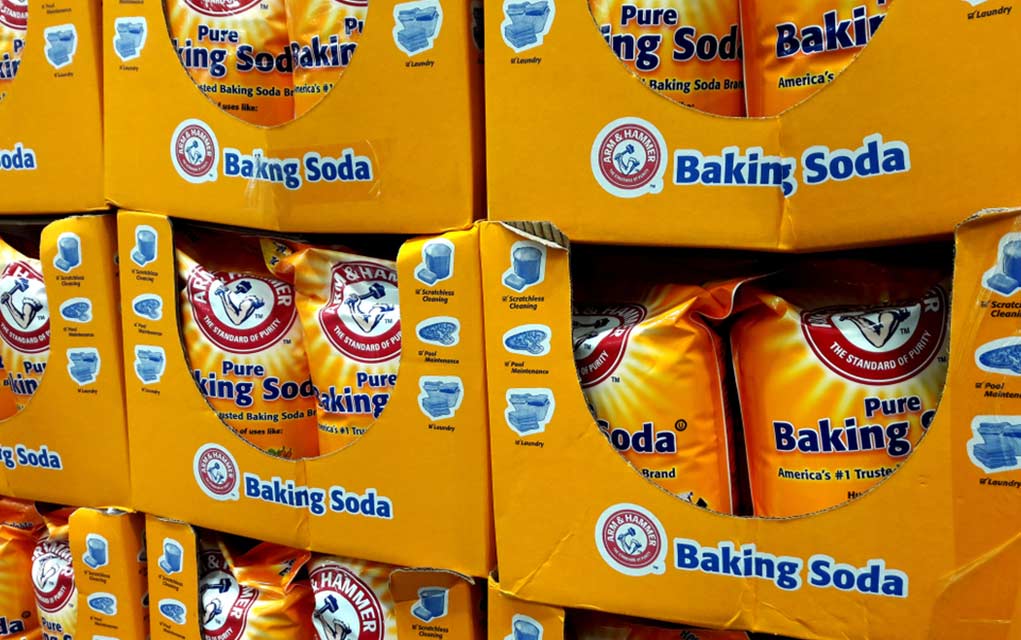(ModernSurvival.org) – Most people become cost-conscious when shopping when times are tough. After all, every penny counts. This often includes using coupons or store apps that provide discounts on certain items. But when apps aren’t available, consumers should begin looking at unit pricing labels to get the best bang for their buck. Unfortunately, some companies abuse loopholes to manipulate these labels and deceive their customers.
What is Unit Pricing?
When looking at items in a supermarket, one will inevitably notice that the goods for sale come in a variety of sizes and brands. Unit pricing is a way to break down the overall price into measurable units, such as ounces or pounds, to see which item is the best deal. Usually, the unit price is located at the bottom of the price label in the store (not on the object itself).
For example, consider two boxes of rice from two different name brands. One is more expensive than the other but also contains more rice. By looking at the unit pricing, one can compare the cost of each item per measurable unit — in this case, ounces of rice. If the per unit price of the smaller box is less than that of the larger box, it should be a better deal. But is it really?
Here’s Where Things Get Tricky
At first glance, unit pricing is a valuable tool allowing consumers to compare prices and shop for the best deals. However, unit pricing isn’t regulated or required in every state. Stores located within states that lack oversight may still opt to use unit pricing for the convenience of their shoppers, but they don’t have to. Even in states with regulations for unit pricing, some don’t have rules to standardize the type of measurements used.
Ultimately, these light regulations (or lack thereof) may lead to discrepancies in unit pricing between stores or even items on the shelves. To make matters worse, a merchant may use ounces as the unit of measurement for one item, then change it up to pounds on different items in the same category. Not very helpful unless you notice the difference and can calculate the cost on your own.
Not only do you have to deal with the fact that the unit pricing might be present or using different measurements, but when an item goes on sale, the unit pricing isn’t displayed for the reduced cost. To confuse matters even more, products sorted by individual units (per sheet unit pricing on toilet paper, for example) become murky as product sizes vary by brand.
Does Your State Regulate Unit Pricing?
Since many stores offer unit pricing within states that don’t regulate them, it falls on the consumer to educate themselves on the law of the land. Thankfully, the National Institute of Standards and Technology (NIST) has a convenient website that lists the retail pricing and regulation laws by state.
At the end of the day, unit pricing isn’t as reliable as many would like to believe. Between a lack of regulation and stores that manipulate the labels to deceive customers, the only reliable way to determine if one product is a better deal than another is to arm yourself with information and do the math yourself.
Copyright 2023, ModernSurvival.org













